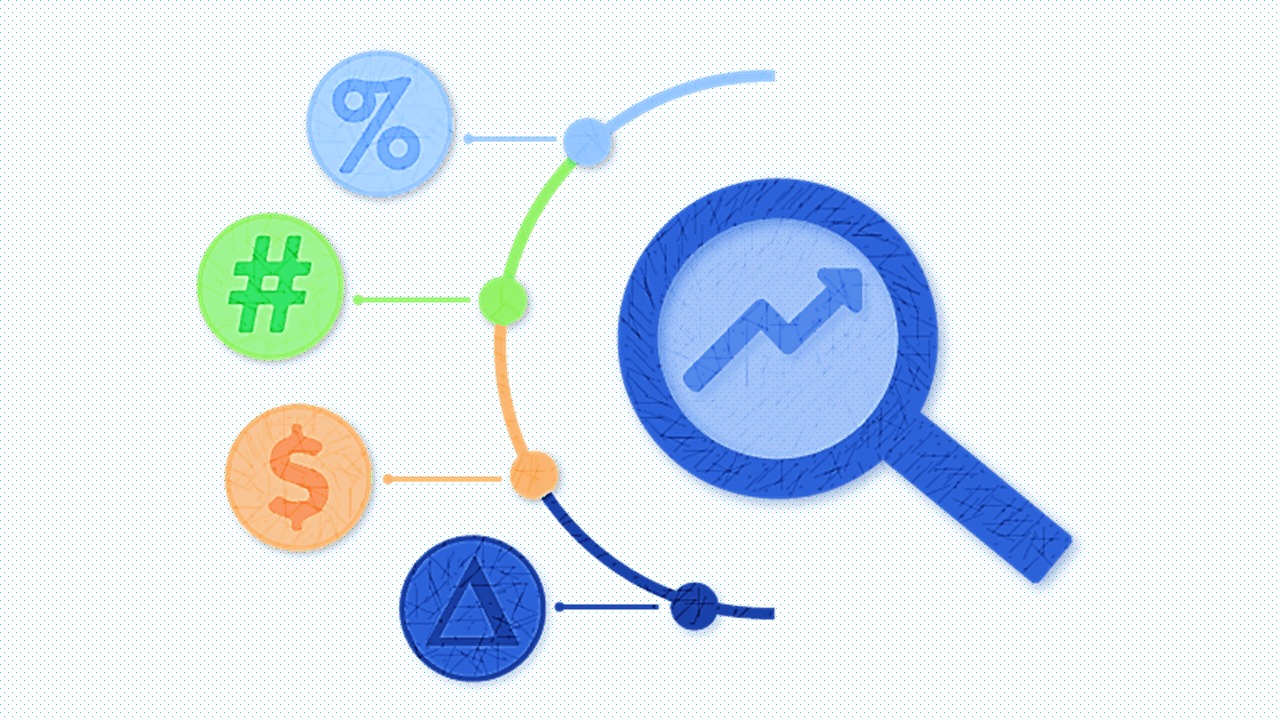Explore the socialism pros and cons, and discover the key advantages and disadvantages associated with this economic and political system. Learn about public ownership, inequality, and social welfare initiatives.
Exploring the Socialism Pros and Cons
Socialism is an economic and political system that aims to promote equality and social welfare by advocating for public ownership and control over the means of production. As with any system, socialism has its own set of advantages and disadvantages. In this comprehensive guide, we will explore some of the pros and cons associated with socialism.

What are the Pros of Socialism?
The following 10 pros of socialism below are;
- Equality: One of the key advantages of socialism is its focus on reducing economic disparities and promoting equality among individuals. By advocating for public ownership and control of resources, socialism aims to ensure that essential goods and services are distributed more evenly among the population.
- Social Welfare: Socialism places a strong emphasis on providing social welfare programs such as healthcare, education, and housing to all members of society. This ensures that everyone has access to necessities and can lead a dignified life, regardless of their socioeconomic background.
- Worker’s Rights: Under socialism, the rights and protections of workers are prioritized. This includes fair wages, safe working conditions, and the right to unionize. By empowering workers, socialism aims to create a more equitable and just society.
- Reduced Income Inequality: Socialism aims to bridge the gap between the rich and the needy by redistributing wealth and resources. By implementing progressive taxation systems and social programs, socialism seeks to reduce income inequality and provide a more equitable distribution of wealth.
- Public Services: Socialism often leads to the establishment of comprehensive public services such as public transportation, healthcare, and education. These services are usually accessible to all members of society, regardless of their socioeconomic status.
- Stability and Security: Socialism advocates for a more planned and regulated economy, which can lead to greater stability and security. By reducing the influence of market fluctuations and financial crises, socialism aims to create a more predictable economic environment.
- Community Cooperation: Socialism emphasizes the importance of community cooperation and collective decision-making. This can foster a sense of solidarity and common purpose among individuals, leading to stronger communities and social cohesion.
Additionally pros
- Environmental Sustainability: Socialism often includes environmental considerations in its economic planning. By promoting sustainable practices and reducing the exploitation of natural resources, socialism aims to protect the environment for future generations.
- Less Income-Based Discrimination: By reducing income disparities and providing equal access to resources. Socialism can help combat income-based discrimination and social divisions based on wealth.
- Political Empowerment: Socialism aims to promote political empowerment among all members of society. By advocating for democratic decision-making and participation. Socialism seeks to give people more control over the policies that affect their lives.
These are just a few of the advantages associated with socialism. However, it is important to note that the implementation and outcomes of socialism can vary depending on the specific context and approach taken.
What are the Cons of Socialism?
The following 10 cons of socialism below are;
- Economic Inefficiency: One of the main criticisms of socialism is its tendency to lead to economic inefficiency. By centralizing control and reducing market competition, socialism can result in a lack of innovation, lower productivity, and less efficient allocation of resources.
- Lack of Individual Freedom: Critics argue that socialism can limit individual freedom by placing too much control in the hands of the state. This can lead to restrictions on personal choices, limited economic opportunities, and a lack of incentive for individual initiative and entrepreneurship.
- Limited Incentives for Hard Work: With a more egalitarian distribution of wealth, some argue that socialism can reduce the incentives for hard work and productivity. Without the possibility of significant individual rewards, there may be less motivation to excel and innovate.
- Risk of Authoritarianism: Some critics argue that socialism, particularly when implemented in an extreme form, can lead to authoritarian regimes. Concentration of power in the state may threaten political freedoms, suppress dissent, and undermine democratic institutions.
- Slow Economic Growth: Critics contend that socialism can impede economic growth and development. By hampering market mechanisms and reducing incentives for investment, entrepreneurship, and innovation. It can result in a stagnant economy with limited opportunities for progress.
- Resource Misallocation: Central planning in socialism may lead to the misallocation of resources. Without market prices and signals, it can be challenging for planners to accurately determine demand and efficiently allocate resources, resulting in inefficiencies and shortages.
- Reduced Consumer Choice: Critics argue that socialism can limit consumer choice by centralizing production decisions. Without market competition, there may be less variety and quality in goods and services available to consumers.
Additionally cons
- Dependency on the State: Socialism can foster a culture of dependency on the state. Where individuals rely heavily on government support rather than taking personal responsibility. This can create a cycle of dependence and hinder individual empowerment and self-reliance.
- Risk of Corruption: Critics argue that centralized control in socialism presents a higher risk of corruption. When the state controls key resources and industries, it can lead to cronyism, favoritism, and a lack of transparency, undermining the fair and equitable distribution of resources.
- Suppression of Innovation and Creativity: Some argue that socialism may suppress innovation and creativity by discouraging risk-taking and stifling entrepreneurial spirit. A lack of competition and market-driven incentives can hinder the development of new ideas and technologies.
It is important to note that these are general criticisms of socialism. The actual outcomes can vary depending on the specific context and implementation. Additionally, it is possible for hybrid systems that combine elements of socialism and capitalism to address some of these concerns.
Bottom line
Socialism is an economic and political system that aims to promote equality and social welfare through public ownership and control. It has several advantages, including reducing economic disparities, providing social welfare programs, prioritizing worker’s rights, and reducing income inequality. What are the socialism pros and cons? Socialism also leads to the establishment of public services, stability and security, community cooperation, environmental sustainability, less income-based discrimination, and political empowerment.
However, socialism also has disadvantages. These include economic inefficiency, limited individual freedom, reduced incentives for hard work, the risk of authoritarianism, slow economic growth, resource misallocation, reduced consumer choice, dependency on the state, the risk of corruption, and the suppression of innovation and creativity.
It is important to note that the outcomes of socialism can vary depending on the context and implementation. Hybrid systems that combine elements of socialism and capitalism can address some of these concerns.
















